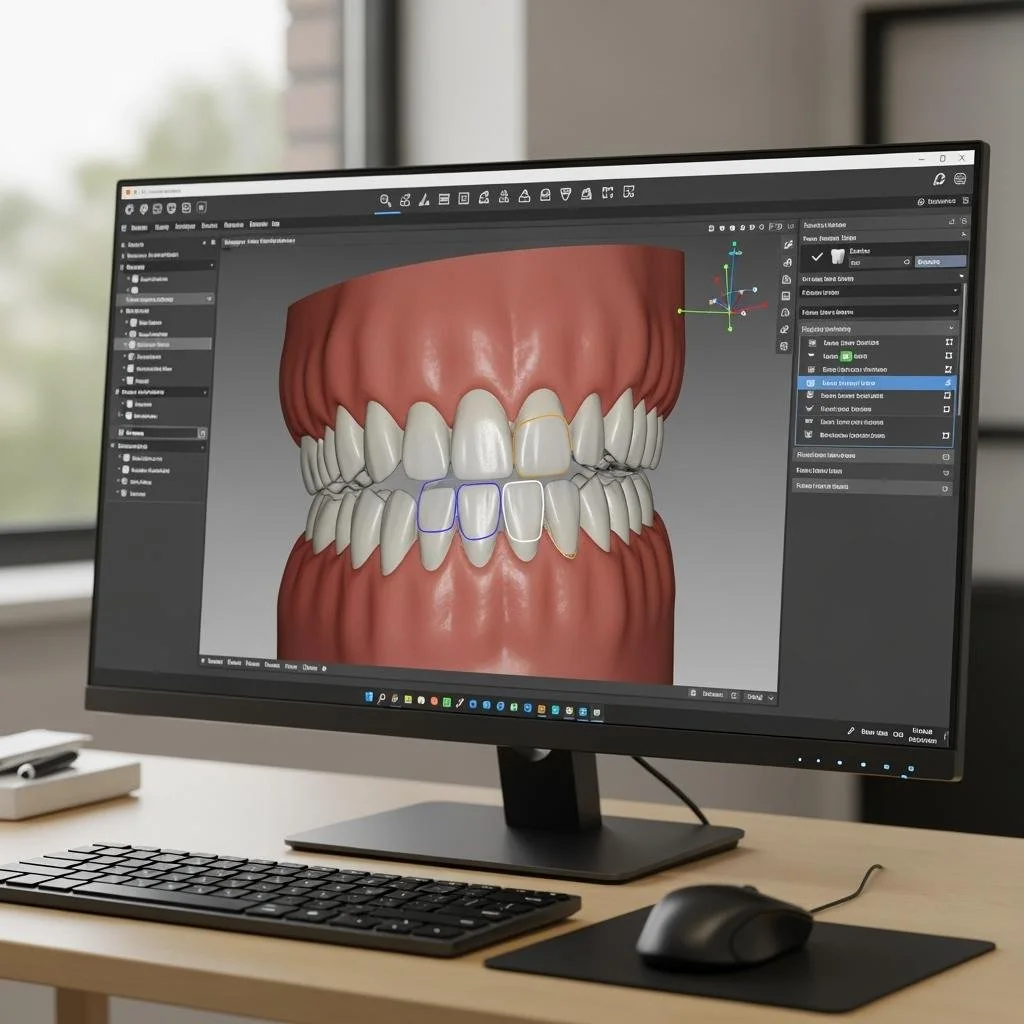Real-Time Bidding: Is It Right For Your Campaign Strategy?
Digital advertising can feel like a maze at times. One moment you’re hearing about targeting specific audiences, and the next, you’re hearing terms like "real-time bidding" (RTB). If you’ve ever wondered what this is all about and whether it makes sense for your campaign strategy, you’re in the right place.
RTB is one of the hottest strategies in programmatic advertising, but it’s not for everyone. In this article, we explore what real-time bidding is and examine whether it is the right fit for your specific campaign strategy.
No. 1
What Exactly Is Real-Time Bidding (RTB)?
Think of RTB as a fast-paced digital auction that happens in the blink of an eye—literally milliseconds. Every time someone visits a website or opens an app that runs ads, an auction begins behind the scenes. Advertisers compete for that ad space by placing bids in real-time.
The highest bid wins, and that ad gets displayed to the user. All of this happens automatically through sophisticated algorithms, without any human intervention.
The beauty of RTB is that it allows advertisers to pay only for impressions that reach their desired audience. Instead of buying a block of ad space upfront, you're only buying space when it meets your criteria. This makes the process incredibly efficient and cost-effective—when it’s done right.
No. 2
How Does Real-Time Bidding Work?
Here’s a quick look at how RTB works in practice:
User visits a website or opens an app - They trigger an ad space that’s up for auction.
Auction begins - Advertisers who want to reach that specific user type place their bids.
The highest bidder wins - The system automatically places the highest bidder’s ad in that spot.
The ad is displayed - All of this happens in milliseconds, so the user has no idea that an auction just took place.
It’s important to note that RTB isn’t just about bidding the most money. Advertisers can layer on data such as user behavior, demographics, interests, and more to decide how valuable that impression is to them. It’s this precision targeting that makes RTB so powerful.
No. 3
Benefits of Real-Time Bidding
RTB offers several perks that make it an appealing option for advertisers. Here are a few reasons it’s become so popular:
Efficiency - You only pay for impressions that meet your targeting criteria.
Scalability - Reach massive audiences across various platforms without the hassle of negotiating deals.
Data-driven - Use data to make decisions in real-time, improving campaign performance.
Flexibility - Adjust your bids and targeting on the fly, giving you greater control over your ad spend.
Transparency - Detailed reporting on impressions, clicks, and conversions helps you refine your campaigns over time.
Shopify
Build your dream business - sign up for a free trial and enjoy your first month for just $1
No. 4
When RTB Makes Sense
RTB shines when you need precision targeting, flexibility, and scalability. If you’re looking to reach specific audiences with tailored messages, this approach could be a game-changer. It’s also perfect for campaigns that require quick adjustments or operate in dynamic markets. For instance, if you’re running a limited-time promotion, RTB allows you to rapidly increase your bids to capture more impressions during peak moments.
RTB is also great for large campaigns with big budgets. Because it’s automated and scalable, you can reach vast audiences across multiple channels without needing to negotiate deals with individual publishers.
No. 5
When RTB Might Not Be Ideal
But like everything, RTB isn’t perfect for every campaign. If your goal is more about brand awareness than precise targeting, traditional methods might work just as well or even better. RTB can also be tricky for smaller advertisers with limited budgets. Bidding against big players can drive up costs, making it harder to compete effectively.
Another thing to consider is that while RTB provides a lot of control and data, it can also be complex to manage. If you don’t have experience with programmatic advertising or a team to handle it, you might find yourself overwhelmed. That said, many companies offer managed services, so you don’t necessarily have to do it alone.
No. 6
Key Considerations Before Jumping into RTB
If you’re thinking about using RTB, here are a few things you should consider:
Budget - Do you have the budget to compete in real-time auctions, and is it worth it for your goals?
Targeting - Are you trying to reach a specific audience or is your focus broader?
Expertise - Do you or your team have the knowledge to manage RTB campaigns effectively? If not, are you willing to invest in the right resources?
Campaign Goals - Does your campaign require real-time adjustments and precision targeting, or can you achieve your goals with more traditional marketing methods?
Ad Quality - Are your ads strong enough to stand out in a competitive space, or do they need refining?
Takeaways
Real-time bidding is an incredibly powerful tool for digital advertisers, but it’s not a one-size-fits-all solution. It thrives on precision, data, and scalability, making it perfect for certain campaign strategies—especially those that need to reach highly targeted audiences quickly and efficiently.
But it’s not always the best choice for every brand or every campaign. If you’re not prepared for the complexities of RTB or if your campaign goals don’t align with what RTB offers, you might want to explore other options.
Ultimately, the decision to use RTB comes down to understanding your campaign’s needs and whether the benefits of real-time auctions align with your goals. If they do, RTB can take your advertising to new heights. If not, you have plenty of other tools in your digital marketing toolkit to get the job done.
LOOKING FOR BUSINESS RESOURCES?
Are you seeking ways to elevate your business to new heights? Dive into the array of resources provided by our esteemed business partners designed to empower your ventures.































